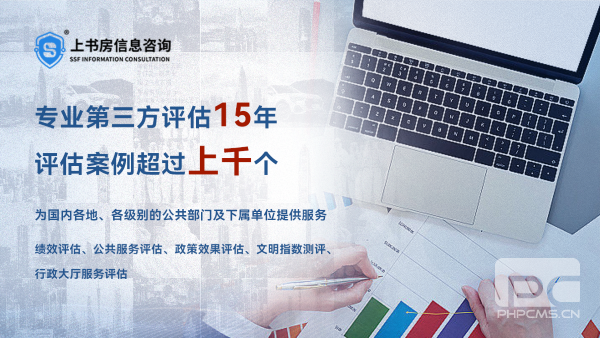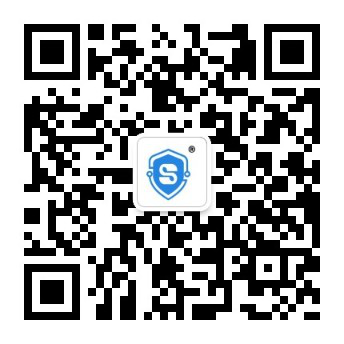深圳市场调查公司上书房信息咨询开展广告效果测评
本文上书房信息咨询(深圳市场调查)出品,欢迎转载,请注明出处。中国独立第三方调研机构深圳满意度市场调查公司上书房信息咨询与多家知名品牌、广告商合作多年,从品牌定位、目标消费者、及品牌铺货渠道等各方面研究品牌价值,开展品牌测试、广告效果评估、广告人流量调研、广告价值评估等。
广告效果测评方法可以根据具体的目标和需求而有所差异,以下是一些常见的广告效果测评方法:
1、品牌调研和调查:通过定量或定性的调研和调查方法,评估广告对品牌认知、品牌形象和品牌偏好的影响,包括品牌知名度、品牌关联度、品牌态度等方面的指标。
2、媒介指标分析:评估广告在不同媒体渠道上的投放效果,包括媒体曝光量、覆盖率、触达人群数等指标,通过分析媒体数据来判断广告的传播效果和影响力。
3、点位效果评估:通过分析广告投放的具体点位和时间段,评估广告在不同点位和时间的效果差异,确定哪些点位和时间段能够获得更好的广告效果。
4、媒介消费者行为分析:通过对媒介消费者行为的观察和分析,了解广告对消费者购买行为、品牌选择、产品偏好等方面的影响,包括调研购买意向、购买行为、品牌转化率等指标。
5、社交媒体分析:评估广告在社交媒体平台上的效果,包括关注度、分享、评论、转发等指标,通过分析用户互动和参与程度来判断广告的社交媒体效果。
6、网站和应用分析:通过网站流量统计工具和应用分析工具,评估广告对网站和应用访问量、注册用户、转化率等方面的影响,包括点击率、转化率、平均停留时间等指标。
7、市场销售数据分析:通过对市场销售数据的分析,评估广告对销售额、销售增长、市场份额等方面的影响,通过与广告投入进行对比,计算广告的投资回报率(ROI)。
8、客户调研和反馈:通过定期进行客户调研和收集客户反馈,了解广告对目标受众的影响和接受程度,包括满意度调查、意见反馈、消费者洞察等。
这些方法可以单独或结合使用,根据广告目标、受众特征和预算限制等因素进行选择和定制。

深圳第三方评估市场调查公司上书房信息咨询在十五年来针对不同行业、不同对象进行了研究衍生,完成品牌研究案例1,000例,具有强大的专业能力,收获了客户的众多好评。包含了写字楼、产业园区、住宅、深圳教育工作公众满意度调查、景区满意度调查、满意度调查问卷、深圳公众民意调研、客户满意度调查、广州医院满意度测评、深圳公众民意调研、开展购物市场调查、满意度调查报告、第三方评估市场调查公司、第三方评估市场调研、第三方评估市场调研机构、成都市场调查、上海小区业主满意度调查等多种类型,调查项目覆盖了国内160余个城市,通过电话调查、网络问卷、现场访问、深度访谈、焦点小组等方式调研有效样本超5,000,000个。
Advertising effectiveness methods
There are several methods used to measure advertising effectiveness. Some common methods include:
1、Surveys and questionnaires: Conducting surveys or questionnaires among the target audience to gather their opinions, attitudes, and perceptions about the advertisement. This method can provide insights into brand awareness, message recall, and overall attitude towards the advertisement.
2、Ad tracking and monitoring: Monitoring the performance of advertisements through tracking tools and analytics platforms. This involves measuring metrics such as impressions, click-through rates (CTR), conversion rates, and engagement metrics to assess the effectiveness of the advertisement.
3、Brand lift studies: Conducting pre- and post-campaign surveys to measure the impact of advertising on key brand metrics. Brand lift studies help assess changes in brand awareness, brand preference, purchase intent, and other relevant brand metrics before and after exposure to the advertisement.
4、Sales and revenue analysis: Analyzing sales data and revenue generated during and after the advertising campaign to evaluate its impact on business outcomes. This method involves comparing sales figures, revenue growth, and market share before and after the campaign to assess the effectiveness of the advertisement.
5、Eye-tracking studies: Using eye-tracking technology to measure and analyze how people visually engage with an advertisement. This method provides insights into attention levels, areas of focus, and overall visual impact, helping evaluate the effectiveness of the ad design and placement.
6、A/B testing: Conducting experiments by presenting different versions of the advertisement to different segments of the target audience and comparing their responses. A/B testing helps identify which version of the ad performs better in terms of key metrics such as click-through rates, conversion rates, and user engagement.
7、Social media analytics: Analyzing social media metrics such as likes, shares, comments, and sentiment analysis to understand the audience's response and engagement with the advertisement on social media platforms.
8、Return on Investment (ROI) analysis: Calculating the financial impact of the advertising campaign by comparing the cost of the campaign to the generated revenue or other relevant financial metrics. ROI analysis helps assess the profitability and effectiveness of the advertisement.
It's important to note that the selection of methods depends on various factors such as campaign objectives, target audience, budget, and available data sources. A combination of different methods can provide a more comprehensive understanding of advertising effectiveness.





